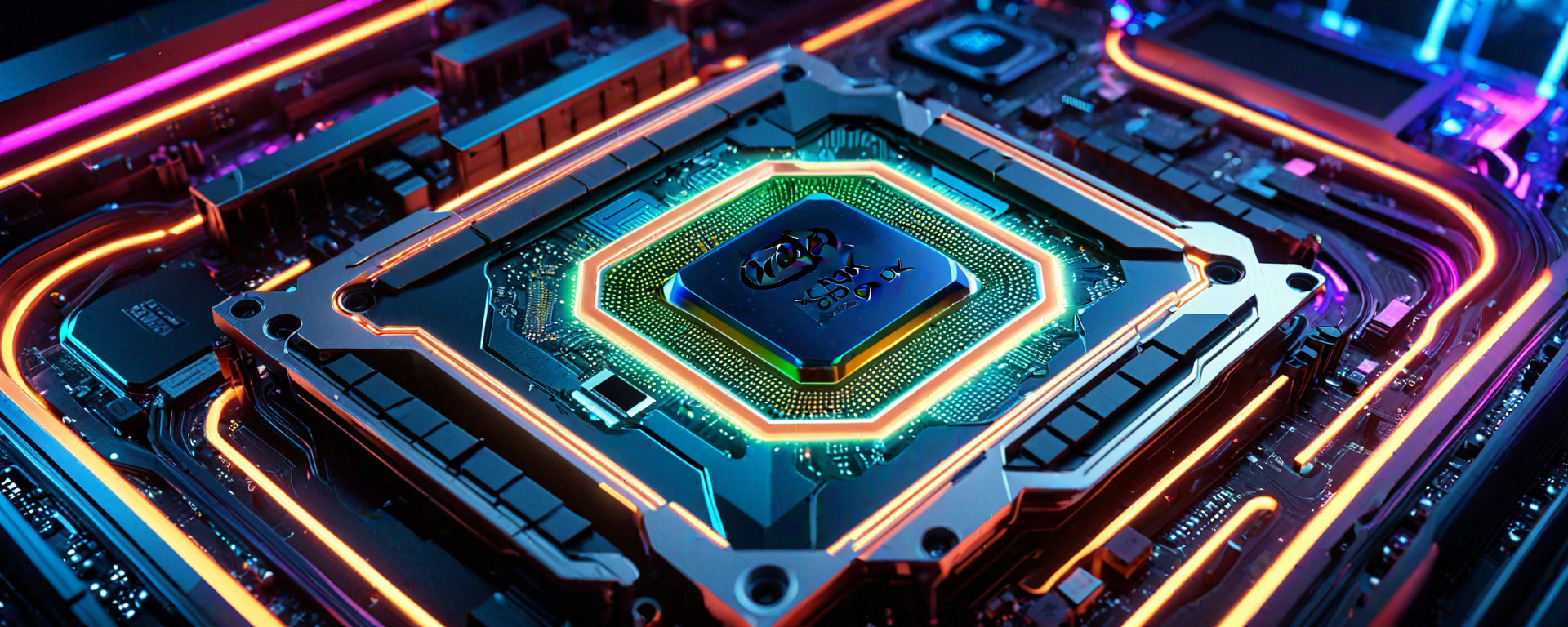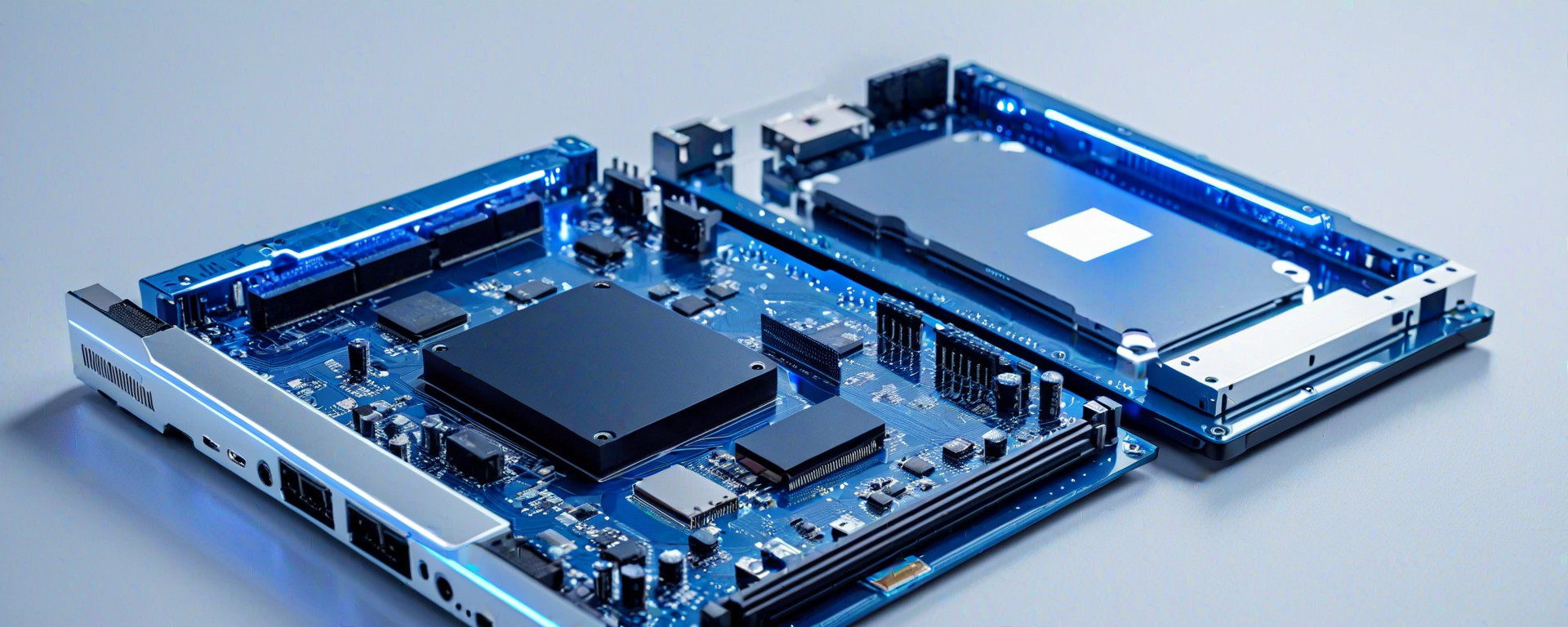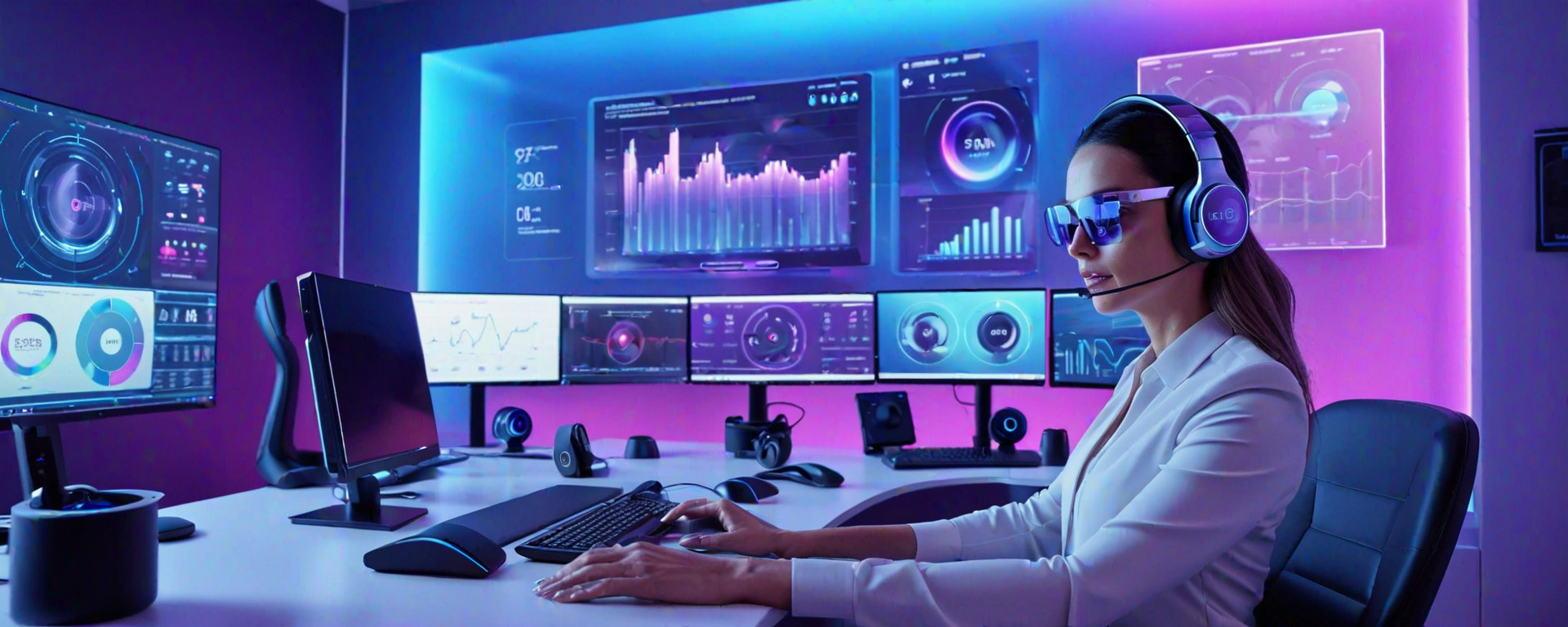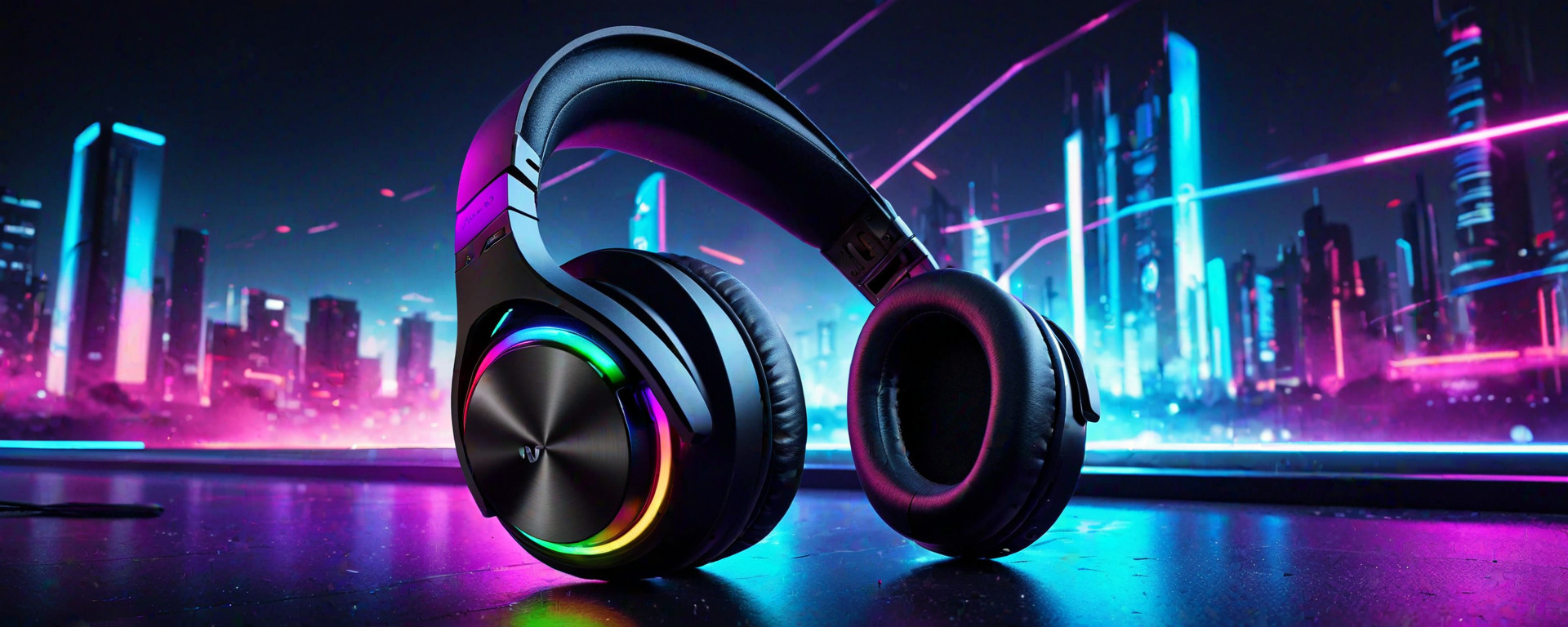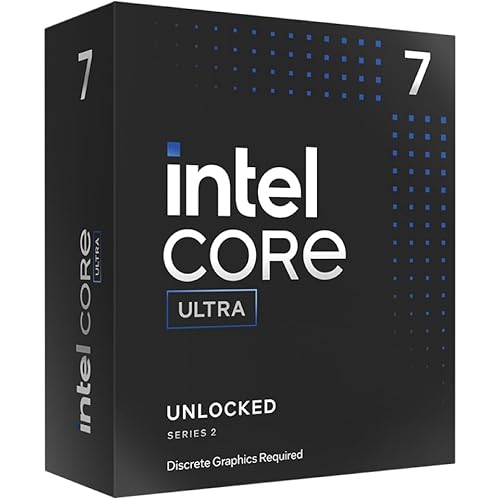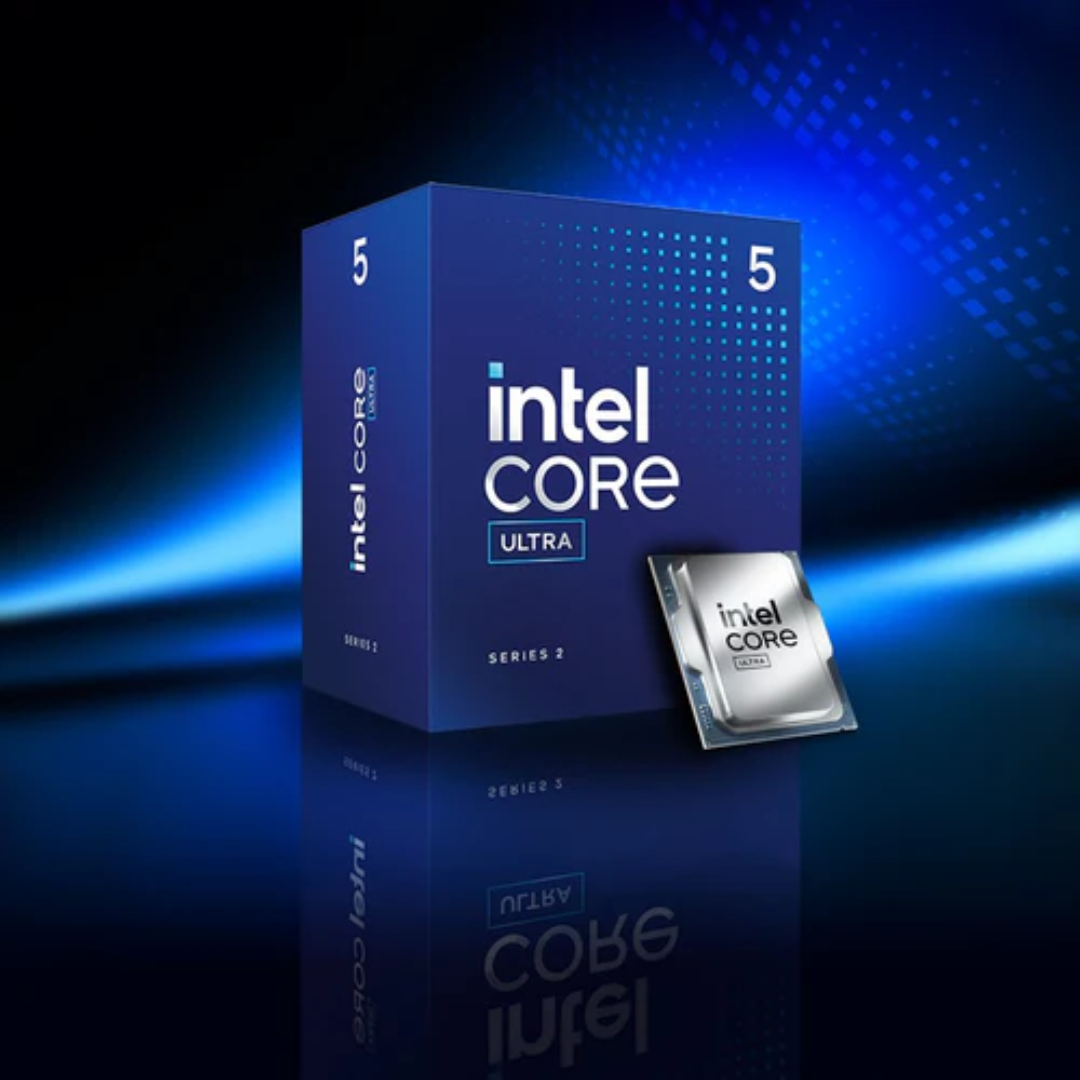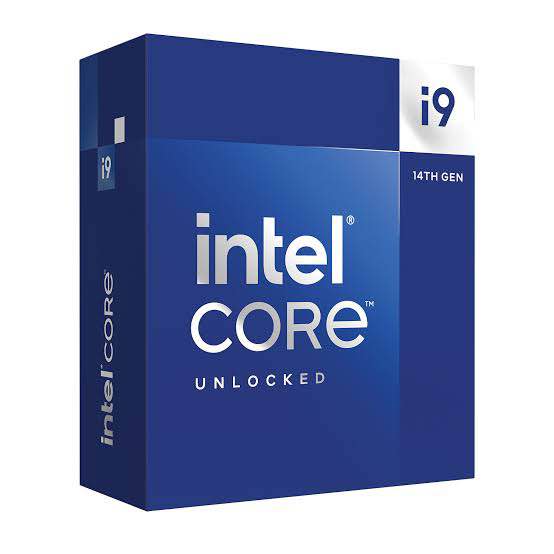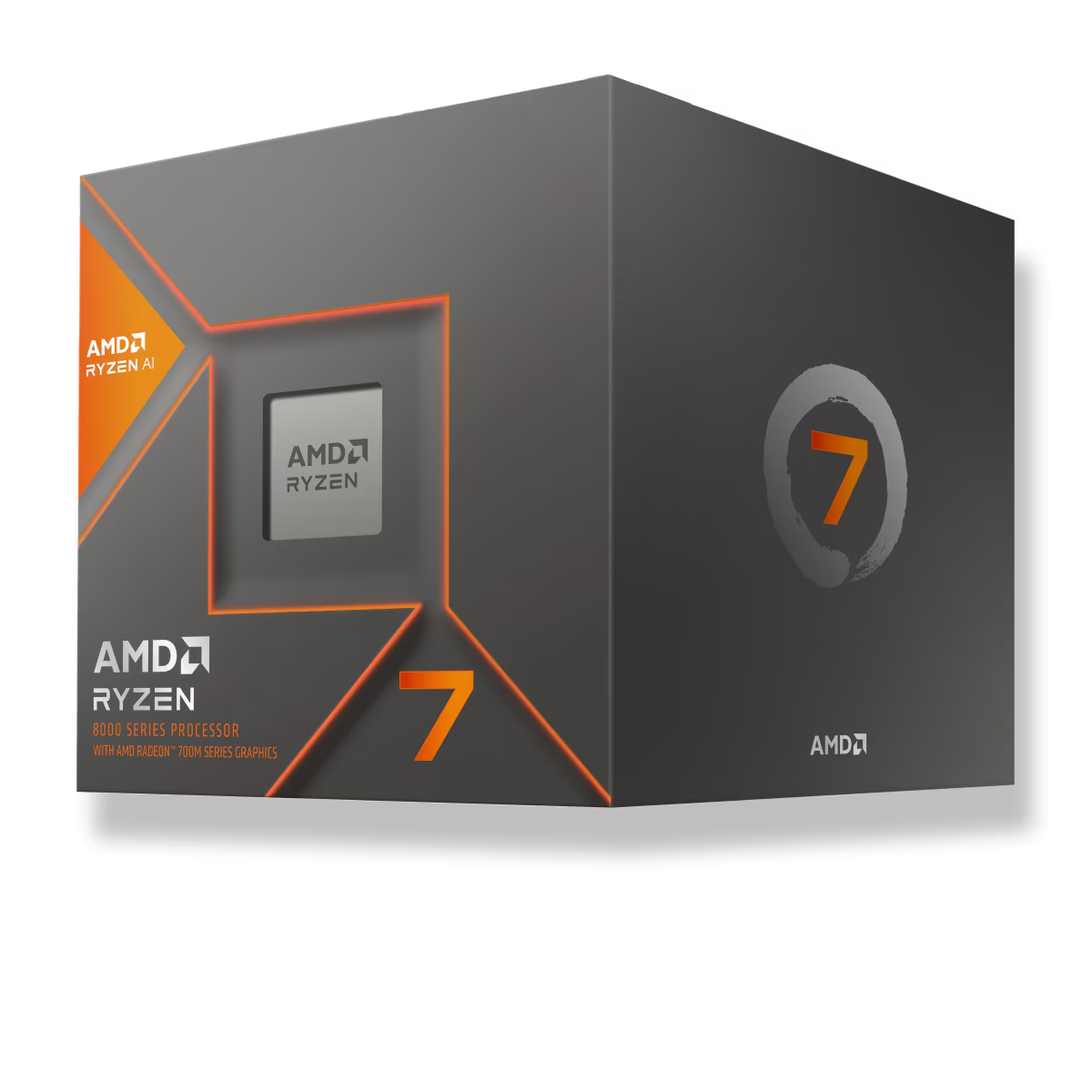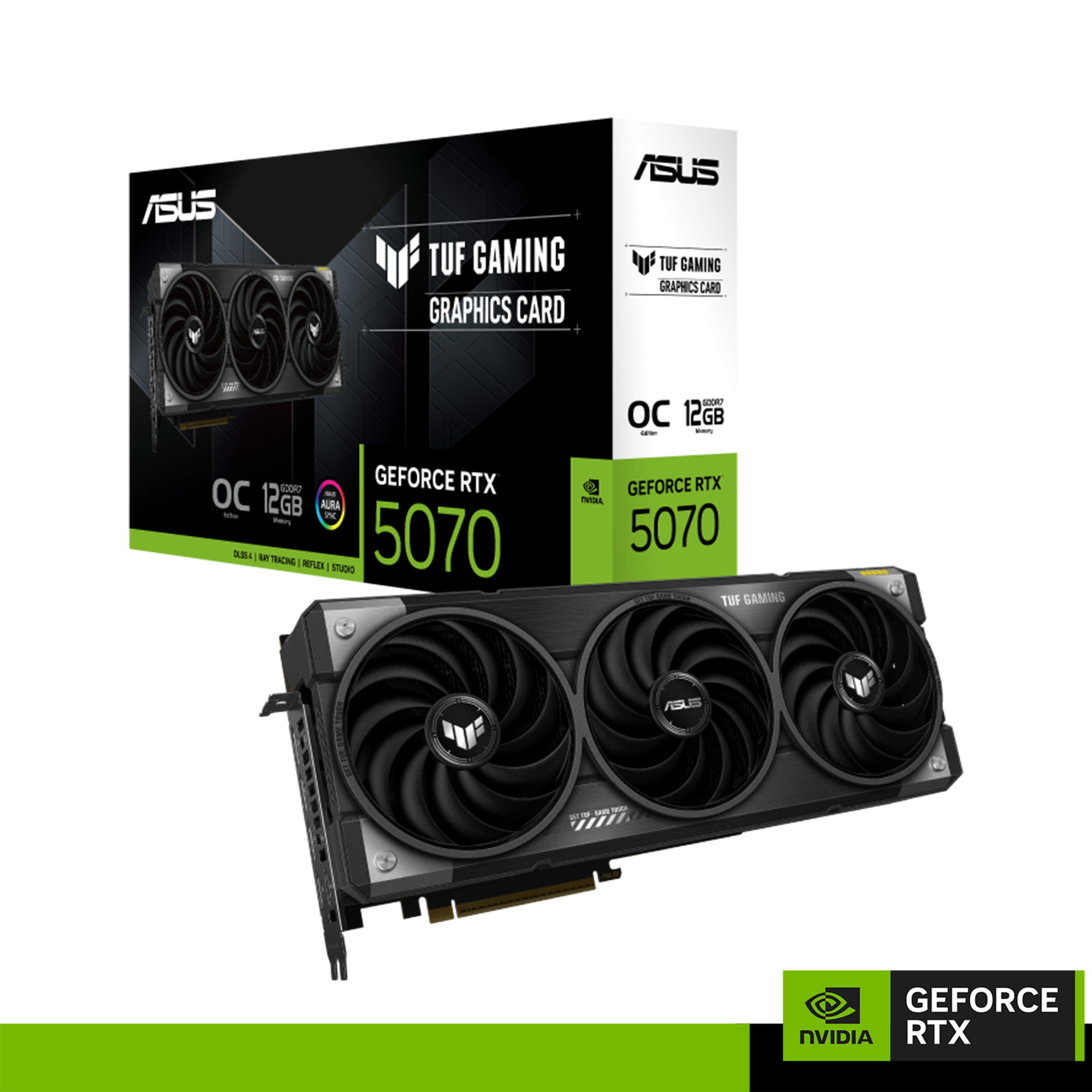Introduction
The world of computing has seen significant advancements in recent years, with processors playing a critical role in delivering unmatched performance for demanding tasks such as gaming, video editing, software development, and more. Choosing the right processor can be overwhelming due to the myriad options available from brands like Intel and AMD. This review aims to guide readers through the top high-performance processors, providing detailed insights into their capabilities, technical specifications, and real-world applications.
In this article, we will explore key features that make these processors stand out in terms of performance, efficiency, and versatility. We'll delve deep into technical aspects like core count, clock speed, cache size, and architecture while also discussing innovative technologies such as hyper-threading and power management features. Our goal is to equip readers with the knowledge needed to select a processor that meets their specific needs.
Whether you're building a high-end gaming rig, setting up a powerful workstation for video editing, or assembling a system for software development, this review will provide comprehensive information on what to look for and how different processors stack up against each other. So, let's dive into the world of top-tier CPUs and uncover the best options available today.
Key Features Overview
A high-performance processor is a cornerstone of any powerful computer setup. It not only determines the speed at which your system can handle tasks but also impacts its efficiency and overall reliability. In this section, we'll explore some of the key features that set top-tier processors apart.
Core Count and Clock Speed
The number of cores in a processor is one of the primary factors influencing performance. More cores allow for better multitasking capabilities by handling multiple threads simultaneously. For instance, an Intel Core i9-12900K boasts 16 cores (8 Performance Cores + 8 Efficiency Cores) and can handle complex workloads with ease.
Complementing the core count is clock speed, measured in GHz. Higher clock speeds mean faster processing times for individual threads. The AMD Ryzen 9 5900X, for example, operates at a base frequency of up to 3.7GHz and can boost up to 4.8GHz when needed.
CACHE SIZE
The cache is an essential component that stores frequently used data close to the processor cores, reducing latency and improving performance. A larger L3 cache provides faster access times for shared resources across all cores. The AMD Ryzen Threadripper 3970X features a massive 64MB of L3 cache, which significantly enhances its ability to handle demanding workloads efficiently.
Architecture
The architecture of a processor determines how it processes information and interacts with other components in the system. For example, Intel's latest CPUs are based on the Alder Lake architecture, which combines high-performance cores (P-cores) and efficient cores (E-cores). This hybrid approach offers superior performance and efficiency for various tasks.
Similarly, AMD’s Zen 3 architecture is renowned for its balance between single-threaded and multithreaded performance. With features like larger caches and improved memory latency, the Ryzen series CPUs are highly competitive in both gaming and professional applications.
Detailed Technical Specifications
To provide a clearer understanding of the capabilities of top-tier processors, we'll delve into detailed technical specifications for some of the leading models available today. This section will cover essential metrics such as clock speed, core count, cache size, power consumption, and other relevant parameters.
Intel Core i9-12900K
- Cores & Threads: 8 P-cores + 8 E-cores (24 threads)
- Clock Speed: Base: 3.2GHz, Max Turbo: 5.2GHz
- L3 Cache: 30MB (L3) + 14MB (L2 cache across all cores)
- TDP: 125W
- Architecture: Intel Alder Lake
- Integrated Graphics: Intel UHD Graphics
AMD Ryzen 9 5900X
- Cores & Threads: 12 cores (6 per die) + 32 threads
- Clock Speed: Base: 3.7GHz, Max Boost: 4.8GHz
- L3 Cache: 64MB
- TDP: 105W
- Architecture: AMD Zen 3
- Integrated Graphics: No Integrated GPU (requires dedicated graphics card)
Performance Benchmarks and Real-World Scenarios
Understanding the theoretical capabilities of a processor is one thing, but seeing it perform in real-world scenarios paints a more vivid picture. This section will provide performance benchmarks and practical use cases for our featured processors.
Benchmarks
- Cinebench R20: Intel Core i9-12900K scores around 7,400 points, while the AMD Ryzen 9 5900X achieves approximately 6,800 points.
- PugetBench for Premiere Pro: The Intel CPU delivers a score of about 3,100 frames per second (fps), whereas the AMD processor scores around 2,800 fps.
Real-World Scenarios
In a typical gaming setup, both processors can handle high-end titles at maximum settings with ease. However, when it comes to video editing and rendering tasks, the Intel Core i9-12900K's superior single-threaded performance gives it an edge over the AMD Ryzen 9 5900X.
Pros and Cons
Evaluating the strengths and weaknesses of each processor is crucial for making an informed decision. This section will highlight key pros and cons based on various factors such as price, performance, compatibility, and more.
Intel Core i9-12900K
- Pros:
- Superior single-threaded performance
- Hybrid architecture offers balanced efficiency and power
- Strong gaming capabilities
- Wide range of supported DDR4 and DDR5 memory
- Cons:
- Slightly higher TDP compared to AMD counterparts
- Limited L3 cache relative to some competitors
- Pricier than comparable AMD CPUs
AMD Ryzen 9 5900X
- Pros:
- Economical price point for superior performance
- Highly efficient power consumption
- Outstanding multithreaded capabilities
- Seamless compatibility with existing AMD platforms
- Cons:
- Limited in gaming scenarios compared to Intel counterparts
- No integrated graphics, requiring a dedicated GPU
- Slightly lower single-threaded performance
Conclusion, both the Intel Core i9-12900K and AMD Ryzen 9 5900X are top-tier processors that offer exceptional performance across various workloads. The choice between them ultimately depends on your specific needs:
- If you prioritize single-threaded performance for tasks like gaming, video editing, or high-frequency applications, the Intel Core i9-12900K would be an excellent choice.
- For users focusing on multithreaded workloads such as 3D rendering, heavy multitasking, and content creation, the AMD Ryzen 9 5900X offers superior value for money.
Ultimately, both processors deliver exceptional performance in their respective areas. It's essential to evaluate your specific requirements before making a decision to ensure you get the best fit for your needs.
Frequently Asked Questions (FAQ)
Here are some common questions and answers related to these high-performance CPUs:
Q: Is it worth upgrading from an older generation CPU?
A: Upgrading to a newer generation processor can significantly enhance your system's performance, especially if you frequently engage in demanding tasks like video editing or 3D rendering.
Q: Can I use both CPUs with the same motherboard and components?
A: While both processors are compatible with similar motherboards (e.g., Z690 for Intel, X570 for AMD), you may need to ensure that your current system supports the latest socket standards.
Q: How do these CPUs compare in terms of power consumption?
A: The AMD Ryzen 9 5900X generally has a lower TDP (105W) compared to the Intel Core i9-12900K (125W), making it more energy-efficient.
Q: Are these CPUs suitable for gaming?
A: Both processors excel in gaming scenarios, with the Intel Core i9-12900K offering slightly better single-threaded performance, which translates to higher frame rates in many games.
Q: What about future-proofing? Should I consider this aspect?
A: Future-proofing is a valid concern. While both CPUs are powerful and should serve you well for several years, advancements in technology could render them less competitive over time. However, the current generation of these processors remains highly capable even as newer models emerge.
Final Thoughts
Selecting between the Intel Core i9-12900K and AMD Ryzen 9 5900X involves weighing various factors such as performance needs, budget constraints, and future scalability. Whether you're a gamer looking for top-tier single-threaded performance or a content creator in need of robust multithreading capabilities, there's a solution that fits your requirements.
We recommend thoroughly researching your specific use case and conducting benchmarks if possible to determine which processor aligns best with your needs. Happy building!
